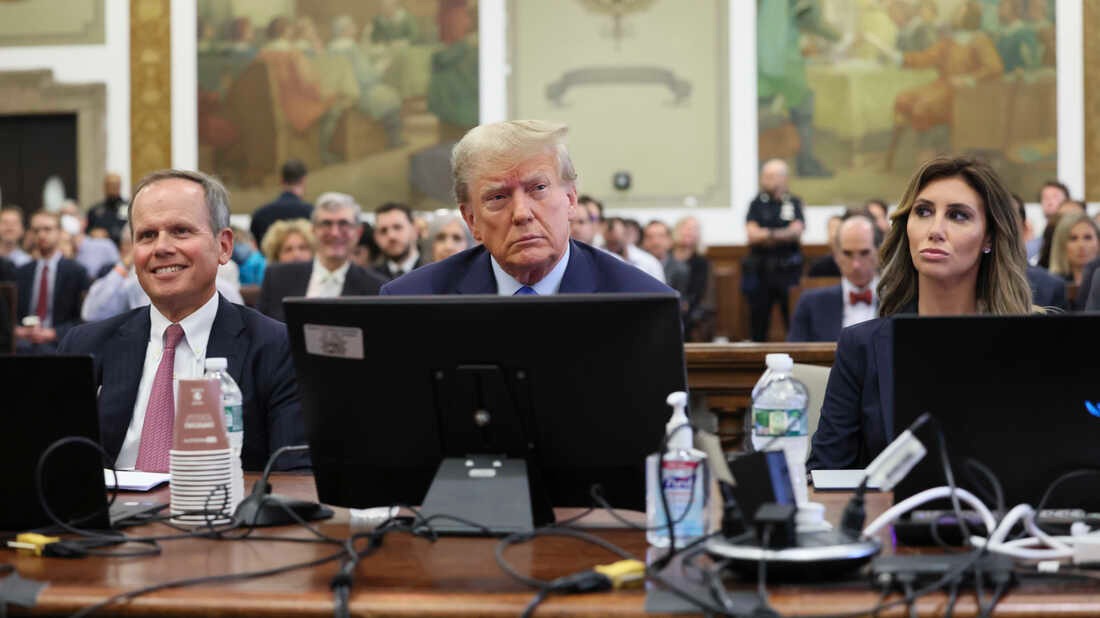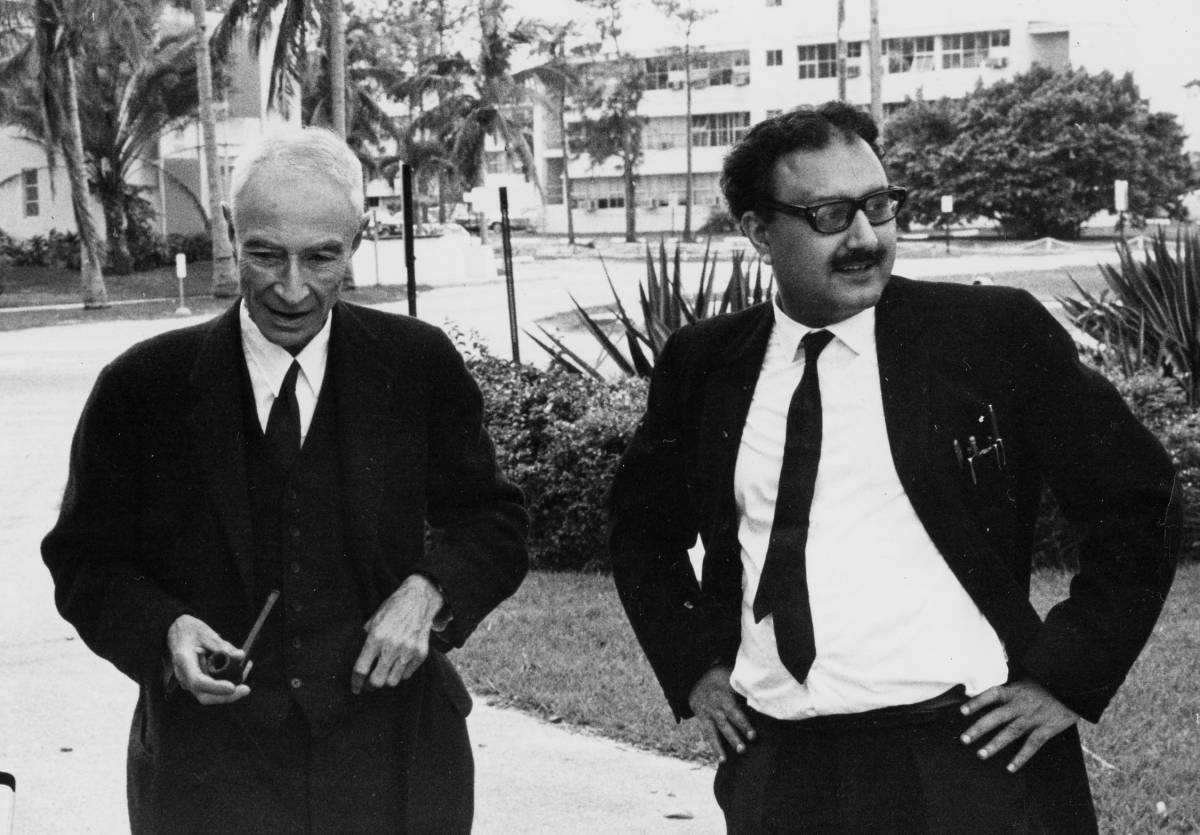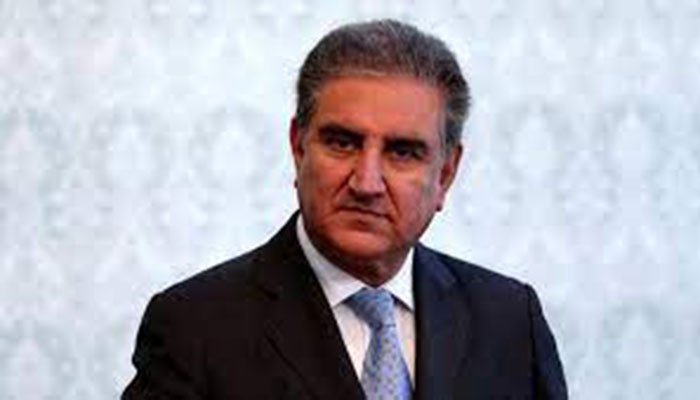The much-anticipated civil fraud trial of former President Donald Trump got underway in a Manhattan court, marking a critical juncture in his post-presidential legal battles. Prosecutors and defenders presented their initial statements, setting the stage for a high-stakes legal showdown that could further shape Trump’s political and legal future. Here are the key takeaways from the trial’s first day.
Trump’s Combative Start
Donald Trump, renowned for his combative rhetoric, wasted no time in launching a verbal assault on the trial itself. In his opening statement, he doubled down on familiar themes, characterizing the proceedings as “the continuation of the single-greatest witch hunt” in the history of the United States. Trump did not hold back in criticizing those involved, particularly New York Attorney General Letitia James, whom he accused of orchestrating a “disgraceful trial brought forward by an attorney general who is corrupt.” He also took aim at New York Judge Arthur Engoron, who is presiding over the trial. These attacks reflect Trump’s longstanding strategy of casting legal proceedings against him as politically motivated and unjust.
Trump’s legal team attempted to issue a “blanket objection” to testimony from the state’s first witness, Donald Bender, a longtime accountant and tax consultant for Trump. However, Judge Engoron promptly denied this objection, indicating a contentious legal battle ahead.
First Witness Takes the Stand
One of the most significant moments of the day came when Donald Bender, Trump’s trusted accountant, took the stand. Bender’s testimony provided crucial insights into Trump’s tax practices, revealing a pattern of reporting substantial losses on his tax returns over nearly a decade. This revelation raises questions about the legitimacy of these reported losses and their potential role in inflating Trump’s net worth.
Bender’s appearance on the stand signals the trial’s shift from pretrial posturing to substantive testimony. It is expected that further witnesses and documents will shed light on the intricate financial dealings of Trump and the Trump Organization, a development that could have far-reaching implications for the case.
Focus on Trump’s Business Practices
At the heart of this civil fraud trial lies the allegation that Donald Trump and his business empire, the Trump Organization, deliberately inflated their assets’ value to enrich themselves. The trial’s proceedings will scrutinize Trump’s business practices, including his real estate dealings, financial statements, and asset valuations.
One noteworthy development is Trump’s indication that he is willing to testify in his defense, a move that underscores the gravity of the allegations against him. If found guilty, Trump could face substantial fines and the revocation of his business licenses, which would mark a significant setback for the former president’s financial interests.
Resurfacing Questions Over Trump’s Wealth
Persistent questions surrounding the accuracy of Donald Trump’s claimed wealth resurfaced during the trial’s opening day. Judge Engoron had previously determined that Trump substantially overstated the value of his numerous properties. New York Attorney General Letitia James’s court filings from August allege that Trump falsely represented his net worth as $6.1 billion when, in reality, it stood at $2.6 billion.
These revelations not only raise doubts about Trump’s financial credibility but also add a layer of complexity to the trial, as the veracity of his past financial statements is called into question. As the trial progresses, further examination of Trump’s financial disclosures and practices will be instrumental in determining the outcome of this high-profile civil fraud case.
In conclusion, the commencement of Donald Trump’s civil fraud trial marks a pivotal moment in the ongoing legal saga surrounding the former president. With contentious rhetoric, the testimony of key witnesses, a focus on business practices, and questions about Trump’s wealth, this trial promises to captivate the nation’s attention as it unfolds in the weeks and months ahead.















